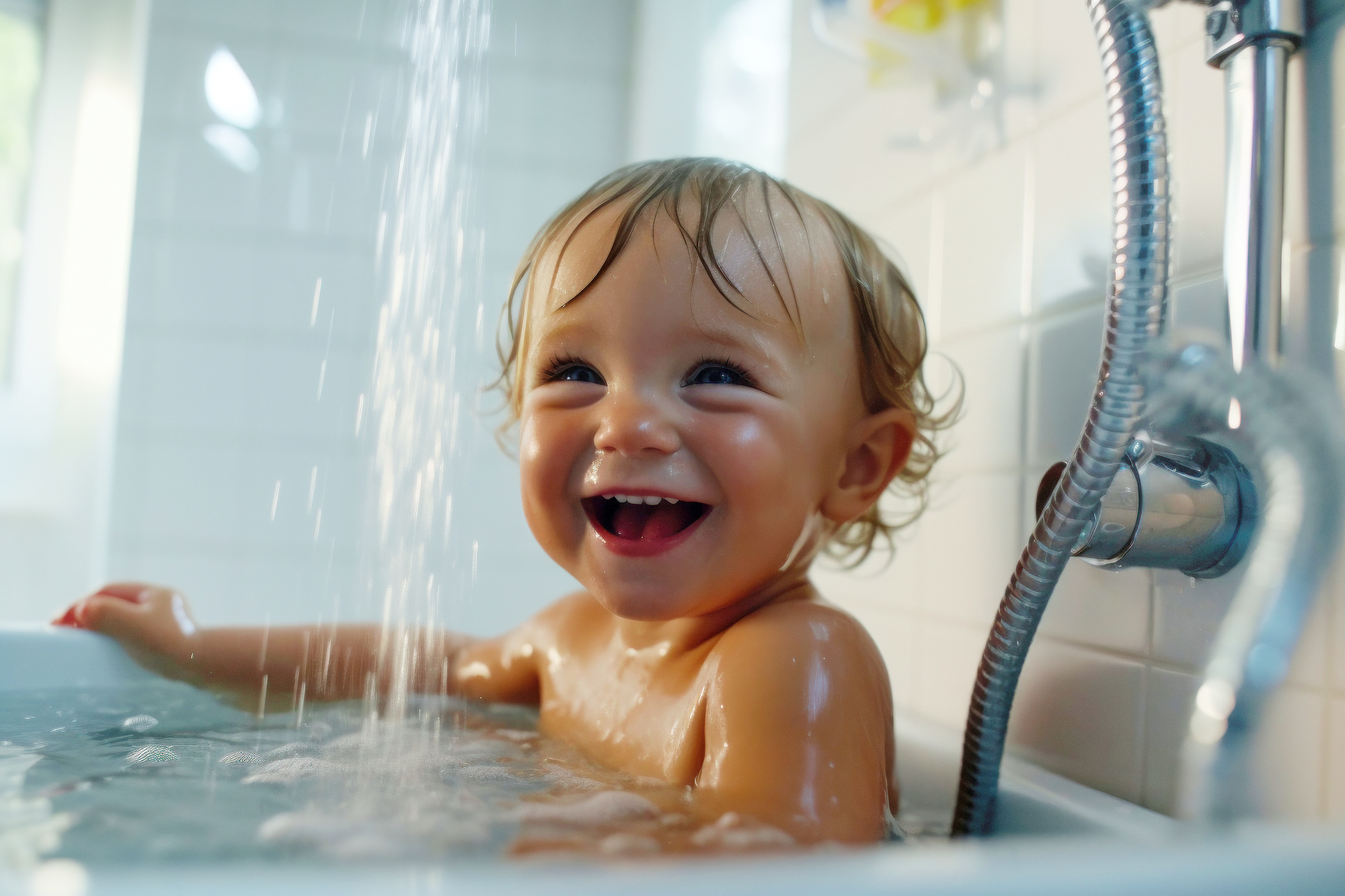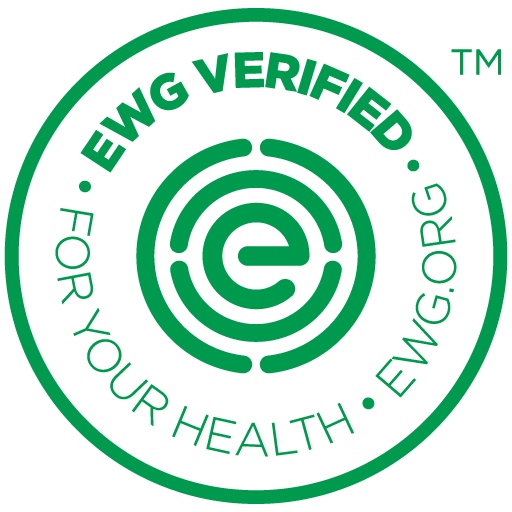Did you know that the water from your tab is federally regulated?
Yes, that’s true, so is it truly safer than bottled water? Good question. Here’s the truth and the facts.
To protect our drinking water, the Safe Drinking Water Act (SDWA) was passed by Congress in 1974, with amendments added ONLY in 1986 and 1996.
Under this SDWA act, the EPA (Environmental Protection Agency) sets the standards for drinking water quality and monitors states, local authorities, and water suppliers who enforce those standards.
As part of the SDWA, the EPA has set maximum contaminant levels, as well as treatment requirements for over 90 different contaminants in public drinking water.
The laws in which the government sets our standards for cleaning our water have not been updated since 1996, which was when the last amendment was complete leaving a plethora of contaminants not included in that cleaning water process. (that’s almost 30 years without any updates or new amendments)
- It’s not just the water we drink, it’s the water we shower with too. Since our skin is our biggest organ, we can easily be exposed to water contamination through the water when we shower as well.

As for Bottled water, no matter how great their marketing campaigns are, the hard truth is there are no federal regulations for which they are governed. So you are paying money for water that you really don’t know where it is sourced from as well as contributing to the ever-growing problem of bottle pollution.
Something to think about, are you really making the best choice for your health, your family, and our planet by choosing bottled water?
Don’t just believe us, do your own research, do any internet search on contamination in our water, or you tube the negative effects of hard water, the results are mind blowing!
The Legacy Body & Soul Whole House Water Filtration system is the only way to ensure you and your family are getting the cleanest water to drink and bath in.
The SDWA does not apply to bottled water. Bottled water is regulated by the U.S. Food and Drug Administration, not EPA.
The Bottled water industry is not governed by the same laws as our tap water so many of the “bottled water” you are spending your hard-earned money on is just tap water in a bottle. The bottled water industry generated roughly 600 billion plastic bottles and containers in 2021, resulting in around 25 million tons of plastic waste — most of which is not recycled and ends up in landfills.
Besides for not knowing the source in which the water comes from, single use plastic bottles are bad for the environment too simply because:
- Plastic bottles are made up of petroleum
- Plastic can leak harmful chemicals into the water
- Plastic add to environmental pollution
- Plastics take years to breakdown

There is a better way, in whole house water filtration! We provide a solution to pollution and just simply a better way leaving a true Legacy for today, tomorrow and years to come.
The Legacy Body & Soul Whole House Water Filtration system is the only way to ensure you and your family are getting the cleanest water to drink and bath in.




